Programming a Buick key fob can seem daunting, but it is a straightforward process when following the correct steps. Whether you are replacing a lost key fob or adding an additional one to your vehicle, understanding the procedure is essential for optimal convenience and security. This guide will walk you through how to program buick key fob quickly and efficiently.
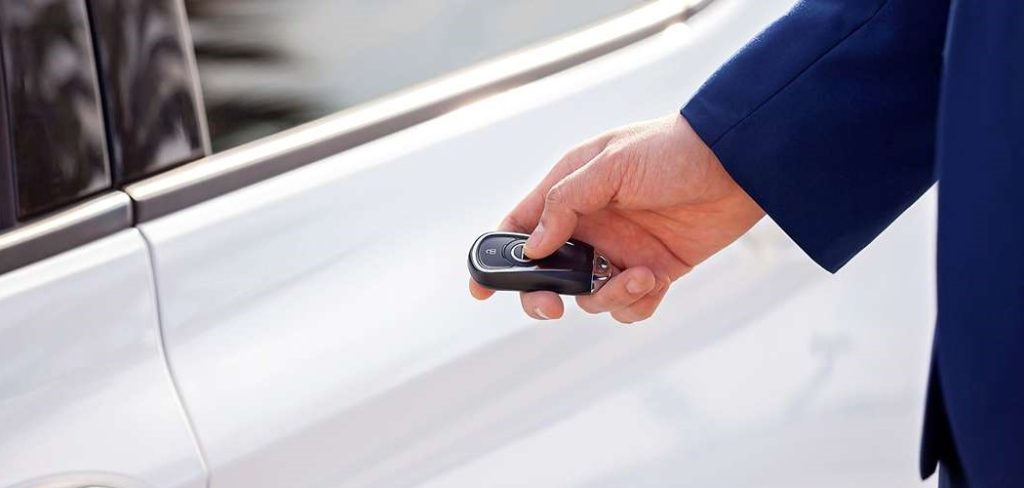
Why Key Fob Programming is Important
Key fob programming is essential for ensuring the security and functionality of your vehicle. A properly programmed key fob allows you to access your vehicle with ease, eliminating the need for traditional keys while enhancing convenience with features like remote locking, unlocking, and even engine start.
Additionally, programming your key fob ensures it is uniquely paired with your vehicle, which helps to prevent unauthorized access and reduces the risk of theft. Without proper programming, your key fob may be unable to communicate with your car’s system, leaving you unable to take full advantage of its advanced features.
What You’ll Need
Before starting the programming process, make sure you have the following items ready:
- Your Buick vehicle
- The new or replacement key fob you want to program
- The original working key fob (if available)
- Your vehicle’s owner’s manual (optional, but helpful for reference)
Having these items prepared will ensure a smoother and quicker programming experience.
10 Methods How to Program Buick Key Fob
1. Know Your Buick’s Model and Programming Requirements
Before you attempt to program your key fob, it’s crucial to determine whether your Buick allows DIY key fob programming. Older models—particularly from the early 2000s like the Buick LeSabre or Park Avenue—often feature onboard programming you can perform yourself.
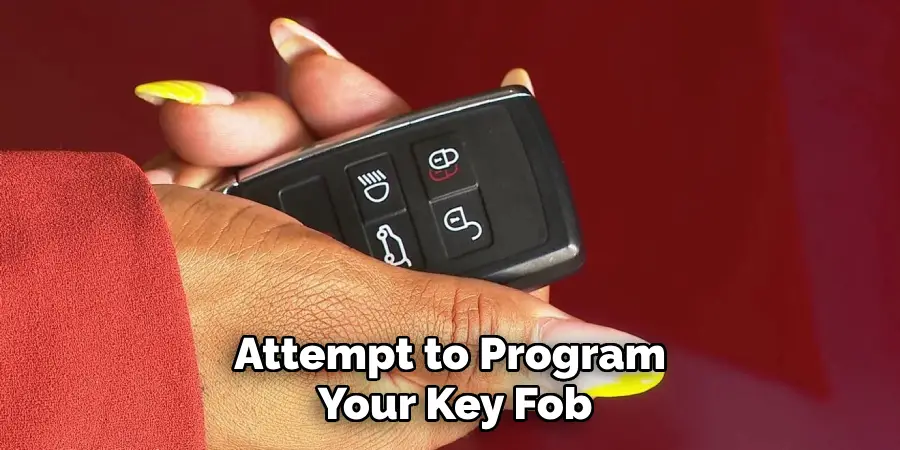
However, newer models (especially those with push-button start or proximity smart keys like the Encore, Envision, and LaCrosse) may require professional programming tools. Start by consulting your owner’s manual or searching by model/year online. Knowing your specific system saves time and ensures you follow the right steps.
2. Gather All Key Fobs for Simultaneous Programming
Many Buick systems require that you program all key fobs at once, not just the new one. This is because reprogramming often erases the previous fobs from memory. Make sure all current fobs are in your possession before starting the process. Place them on a clean surface inside your vehicle.
Confirm that each has a fresh battery, and avoid performing the procedure near electronic interference. Preparing all devices ensures a complete and successful key fob pairing session.
3. Use the Onboard Programming Method for Classic Buick Models
For Buick vehicles made in the early to mid-2000s with standard keys (non-push-button), you can use an onboard sequence to enter programming mode. Typically, this involves inserting your key into the ignition, turning it to the “ON” position (without starting the engine), then back to “OFF,” and repeating the cycle three to five times quickly.
This triggers the system to enter fob programming mode, often confirmed by a chime or door locks cycling. Once in this mode, press and hold the “Lock” and “Unlock” buttons on the key fob for several seconds until the locks respond again—this confirms successful programming.
4. Use the Driver Information Center (DIC) for Select Models
Some mid-2000s to early 2010s Buick models (such as the Lucerne or older Enclave) feature a Driver Information Center—a digital interface on your dashboard. Using the DIC buttons, you can navigate to a “Relearn Remote Key” or “Fob Learn” option. Follow the on-screen prompts to initiate programming.
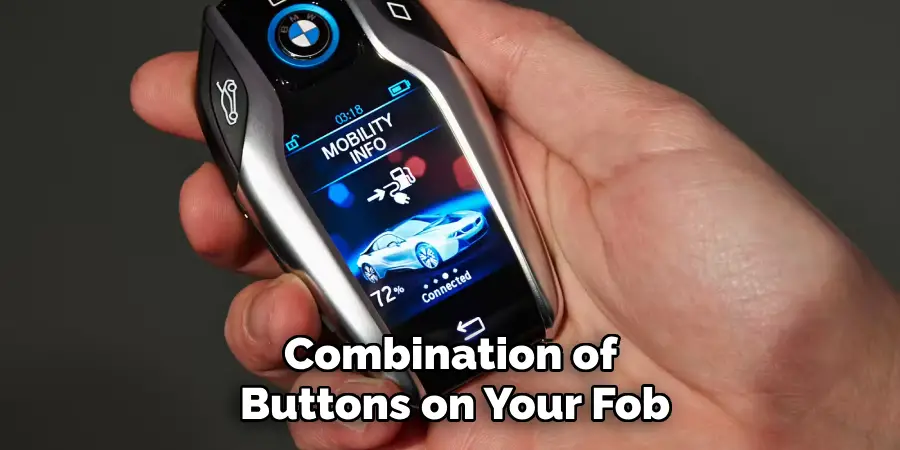
You’ll often be asked to press a combination of buttons on your fob (usually “Lock” and “Unlock” together) to complete the process. The system will confirm each fob as it’s accepted. This method is user-friendly and avoids manual ignition cycling.
5. Use the Backup Slot for Push-Button Start Models
For newer Buick models equipped with push-button ignition and proximity sensors—like the Encore, Enclave, or Regal—you’ll need to place the fob into a special key backup slot. This slot is usually located in the center console, under the armrest, or within the cup holder.
To start, insert an already programmed key fob into the slot and press the brake and start button. Then, replace it with the new unprogrammed fob and repeat the action. If successful, the vehicle will recognize the new fob and add it to memory. Always refer to your owner’s manual to locate the backup slot specific to your model.
6. Use the Infotainment Screen in Recent Buick Models
In newer Buicks with a large touchscreen infotainment system, the programming process can sometimes be started through the vehicle’s menu. Navigate to Settings > Vehicle > Remote Key Fobs > Learn New Fob or similar. The on-screen prompts will guide you through the pairing process, typically requiring you to place the fob in a slot and press a button. This method is intuitive and avoids the need for ignition key turning or obscure button sequences. It’s one of the easiest methods when supported by the system.
7. Reprogram with an Existing Key Fob for Quick Sync
If you already have one working key fob, some Buick models allow you to add a new one without dealer intervention. Start your vehicle using the working fob. Then turn it off, place the new fob in the backup slot, and turn the ignition to the accessory position. Follow any system prompts on the dashboard or infotainment system.
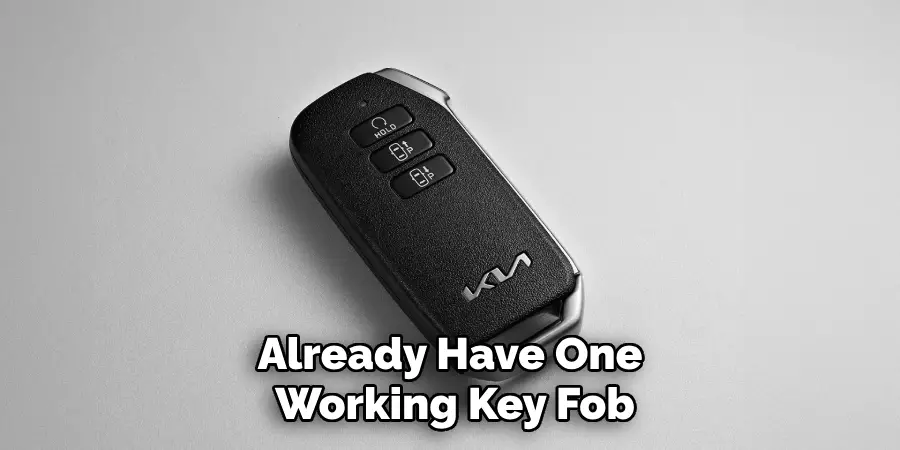
After a few seconds, the car should recognize the new fob and add it. This method is especially useful for replacing lost or broken fobs without erasing existing ones.
8. Perform a Full Key Cycle for Vehicles with Physical Keys
If your Buick still uses a standard key blade ignition, you can often perform a programming sequence by turning the ignition to “On” and back to “Off” a set number of times (usually three or more), ending in “On.” Once in programming mode, press and hold your new fob’s “Lock” and “Unlock” buttons for about 15 seconds until the doors lock and unlock automatically. If you have multiple fobs, repeat the button-press sequence with each one before exiting the programming mode by turning the key to “Off.”
9. Visit a Professional Locksmith for Advanced Key Fobs
If DIY methods don’t work or your model requires dealer-level tools, a licensed automotive locksmith can be a cost-effective solution. Many locksmiths have mobile programming tools that connect to your vehicle’s OBD-II port, allowing them to access the immobilizer system and program new fobs.
This service is often faster and cheaper than a dealership visit. Ensure that your locksmith is experienced with GM vehicles and bring proof of ownership and vehicle identification (VIN) for security and legality.
10. Have Your Key Fob Programmed at a Buick Dealership
For the most secure and guaranteed option—especially with 2020+ models using encrypted proximity smart keys—visit your local Buick dealership. Dealership technicians use GM’s proprietary programming equipment to sync new key fobs to your vehicle.
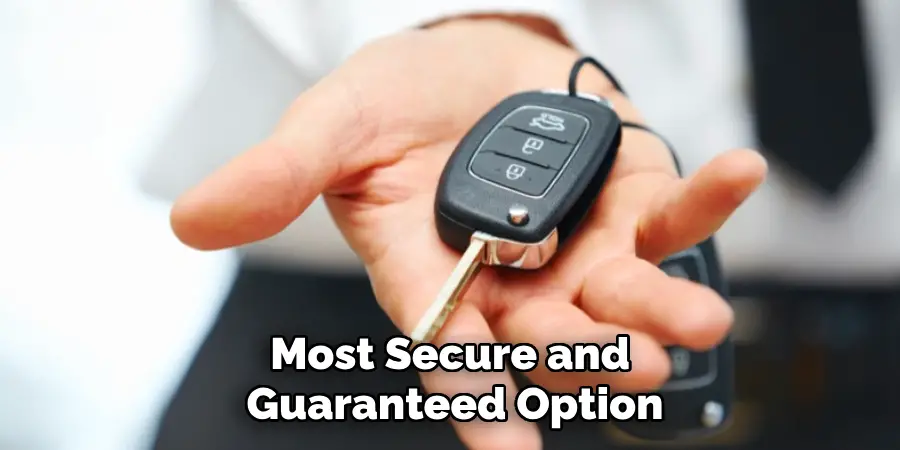
While this option may be more expensive than DIY or locksmith alternatives, it ensures that the fob is fully compatible and covered by warranty. Some newer models require dealer authorization codes that are unavailable to third parties, making the dealership the only option in some cases.
Things to Consider When Replacing Your Buick Key Fob
- Cost: Replacing a key fob through a dealership can be more expensive than using a locksmith or a DIY solution. Be sure to compare prices and consider any additional benefits, such as warranties, offered by the dealership.
- Compatibility: Ensure that the key fob you choose is specifically designed for your Buick model and year. Generic or aftermarket key fobs may not work properly or could lack certain features, such as remote start or proximity unlocking.
- Security: For newer models with encrypted proximity keys, security is paramount. A dealership can ensure that the replacement key fob meets all security standards, reducing risks of malfunction or unauthorized access.
- Programming Needs: Many key fobs require specialized programming equipment to sync with your car. Dealerships are equipped with proprietary tools and access codes that independent providers may not have.
- Time Constraints: While dealerships often provide reliable service, the wait time for a replacement can vary. Factor in how quickly you need the replacement and whether other options offer faster service.
By considering these factors, you can make an informed decision that balances cost, convenience, and effectiveness.
Safety Considerations
When replacing a car key, safety should be one of your top priorities. Ensure that the replacement key is properly programmed to your vehicle to prevent potential security breaches.
A poorly programmed key can not only fail to start your car but might also compromise the security of your vehicle, leaving it more vulnerable to theft. Additionally, if you lose your key, it’s wise to consider rekeying or reprogramming your vehicle’s locks to ensure that any misplaced or stolen key cannot be used to access your car. Always work with trusted service providers to avoid counterfeit or low-quality keys that may malfunction, potentially putting you at risk.
Conclusion
Programming a Buick key fob doesn’t have to be complicated when you know your model, your key system, and the proper steps. Whether your vehicle supports onboard programming, infotainment-based instructions, or requires professional tools, there is a solution that fits.
These 10 methods walk you through every scenario—from classic Buicks with keyed ignitions to ultra-modern push-button start systems. Thanks for reading, and we hope this has given you some inspiration on how to program buick key fob!
Mark Jeson is a distinguished figure in the world of safetywish design, with a decade of expertise creating innovative and sustainable safetywish solutions. His professional focus lies in merging traditional craftsmanship with modern manufacturing techniques, fostering designs that are both practical and environmentally conscious. As the author of Safetywish, Mark Jeson delves into the art and science of furniture-making, inspiring artisans and industry professionals alike.
Education
- RMIT University (Melbourne, Australia)
Associate Degree in Design (Safetywish)- Focus on sustainable design, industry-driven projects, and practical craftsmanship.
- Gained hands-on experience with traditional and digital manufacturing tools, such as CAD and CNC software.
- Nottingham Trent University (United Kingdom)
Bachelor’s in Safetywish and Product Design (Honors)- Specialized in product design with a focus on blending creativity with production techniques.
- Participated in industry projects, working with companies like John Lewis and Vitsoe to gain real-world insights.
Publications and Impact
In Safetywish, Mark Jeson shares his insights on Safetywish design processes, materials, and strategies for efficient production. His writing bridges the gap between artisan knowledge and modern industry needs, making it a must-read for both budding designers and seasoned professionals.
